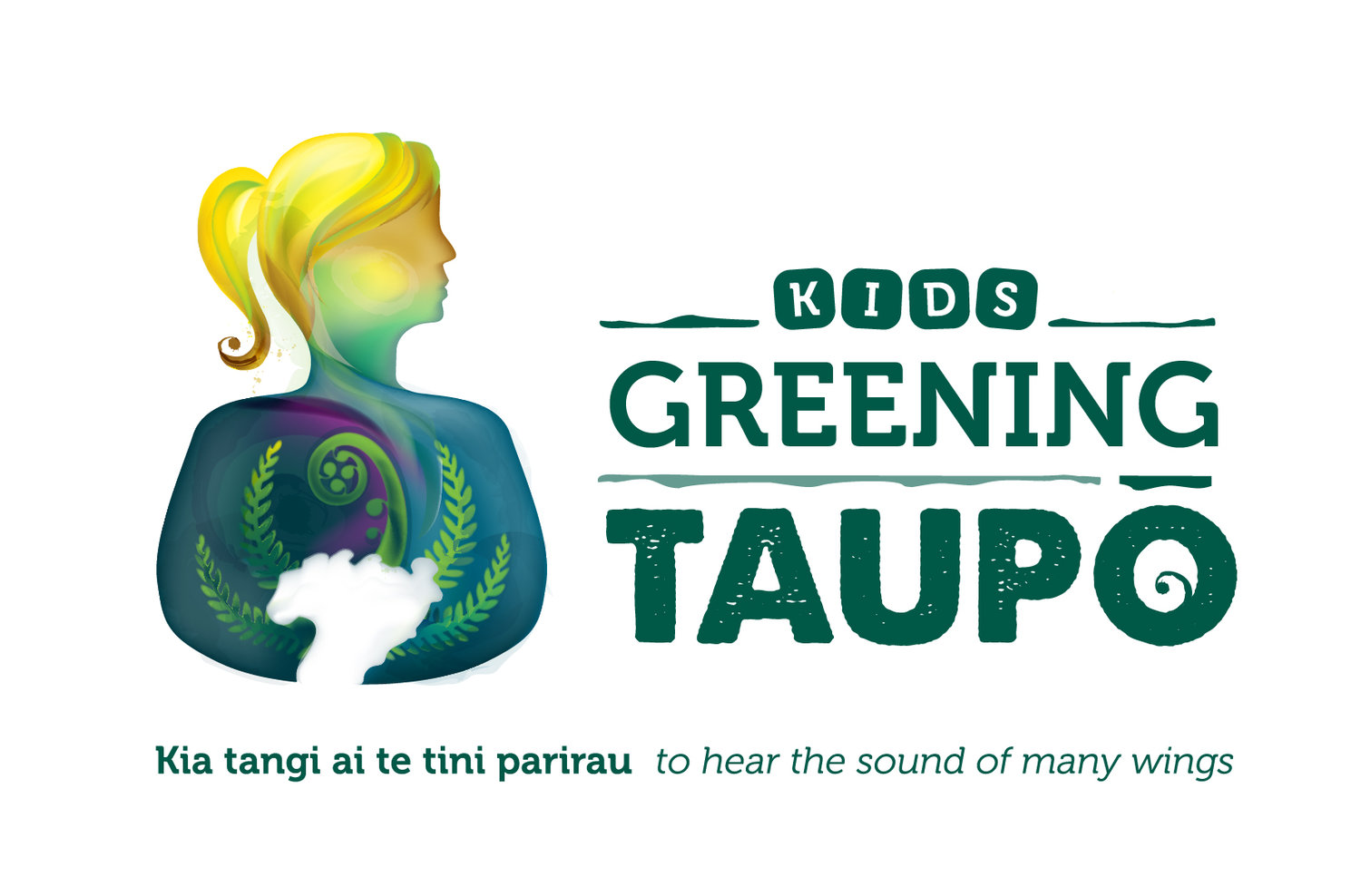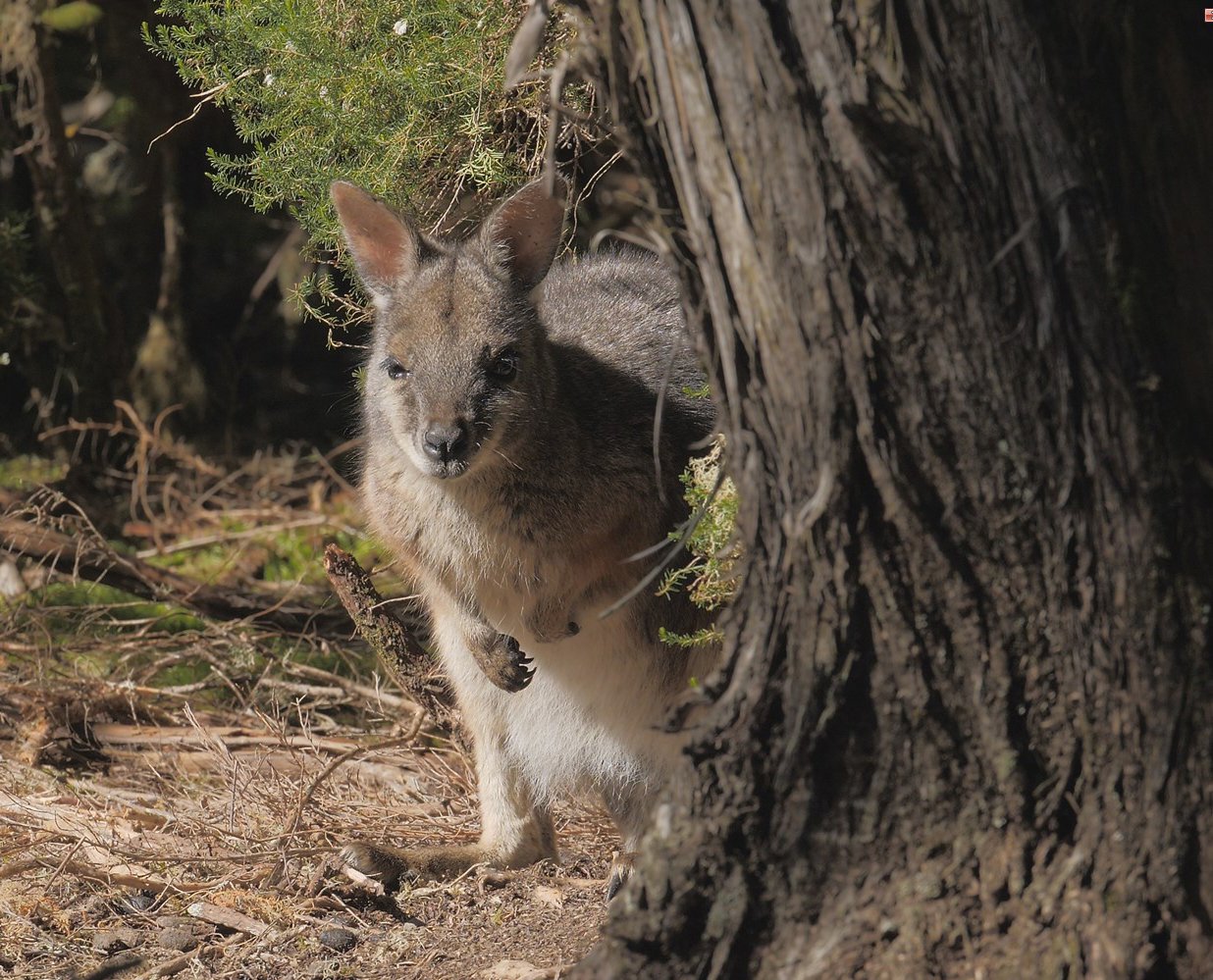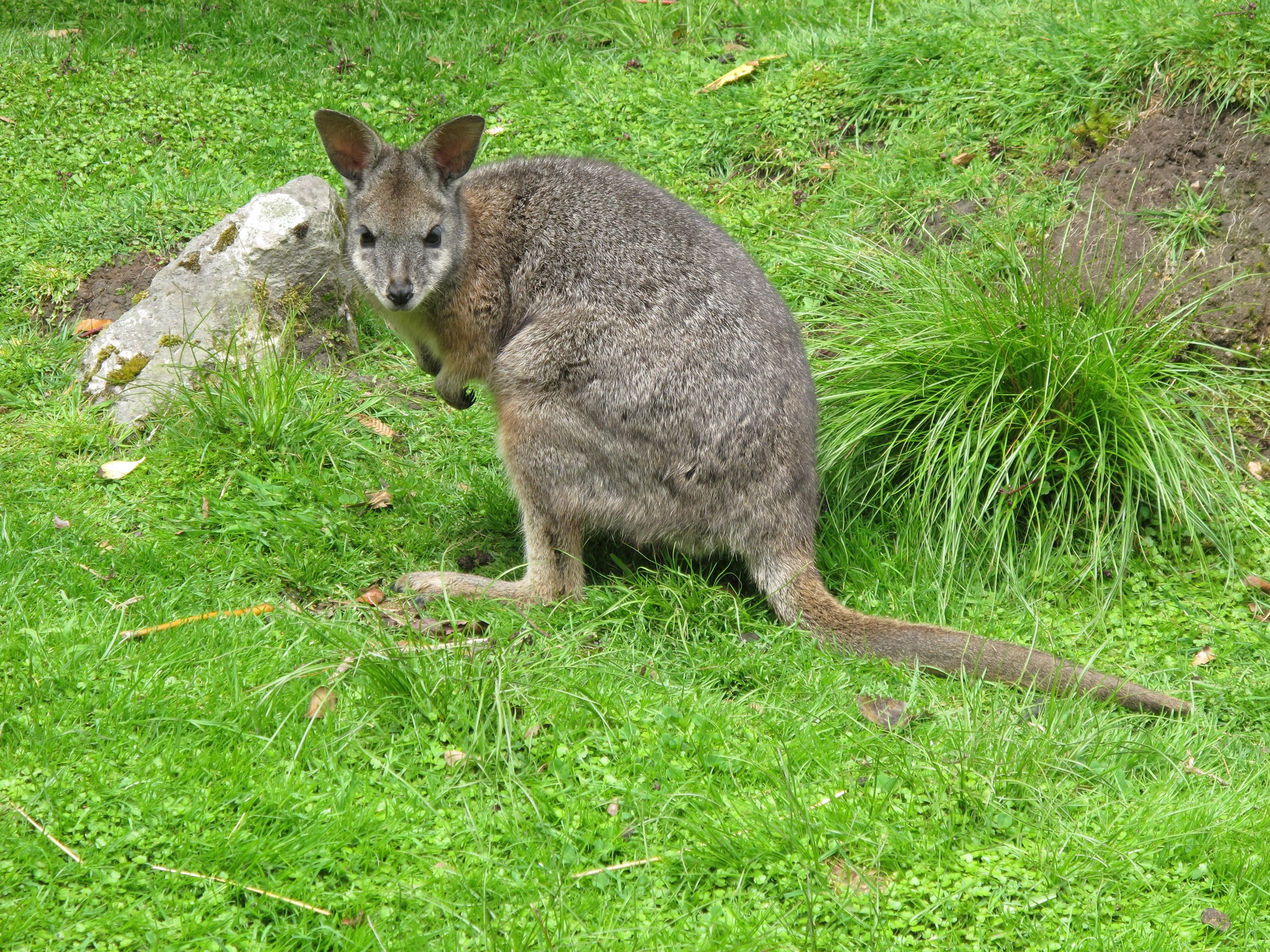Look out for Wallabies
Did you know that we have wallabies in New Zealand? They might look cute in these photos (kindly supplied by Bay of Plenty Regional Council), but they do not belong here. They can create long lasting damage to the environment through grazing our native plants. Large groups of wallabies can clear all of the understory and prevent revegetation from happening in our forests. This effects our native birds, insects, and lizards, as they loose their food source and habitat.
New Zealand has two species of wallabies that have been introduced from Australia. The Department of Conversation website has information about them, the smaller Dama wallaby and the larger Bennett’s wallaby . Hunters can find information about the rules around hunting them on this DOC page too. At the moment wallabies are only in two parts of New Zealand, but their spread to other parts of New Zealand is a concern.
These maps created by Manaaki Whenua-Landcare Research show where wallabies are found and where they are projected to be by the year 2065 if nothing is done to prevent their spread around Aotearoa.
Watch this video to understand why wallabies are considered a pest from a tangata whenua perspective. It also discusses how devastating wallabies are for our native forests, pine forests and farmers. Watch short videos about the impact they are having in the Waikato region, why they are considered to be pests, and what is being done to protect the region by visiting the Waikato Regional Council website .
Look for signs of wallabies
This information is from the Waikato Regional Council website:
Indications of dama wallaby grazing or browsing are similar to that of other pests such as rabbits and possums. The most obvious sign is their almost square and flattened faecal pellets. Their long, narrow hind feet and dragging tail can leave a characteristic track in areas of sand and types of soft soil.
The dama wallaby tends to frequent favourite feeding areas. By doing this they create pad runs that are easily identifiable as narrow, well-formed tracks leading to pastureland or clearings in the bush.
Otago Regional Council describes different signs to look for to identify if Wallabies are in the area.
Report Wallaby sightings
If you have wallabies on your property, you’ve seen them outside their natural range, or you’ve found signs of them, please fill in the form above. This applies whether the wallaby is dead or alive. This information will be forwarded to the regional council concerned.
Do you want to learn more?
Watch the video below to learn more in-depth knowledge about wallabies and their impact. Please be aware there is footage of shooting and killing wallabies.


